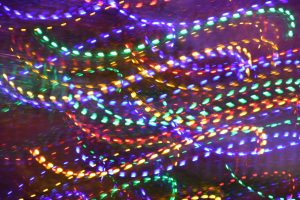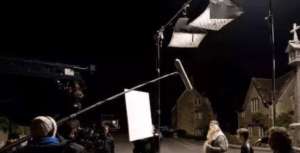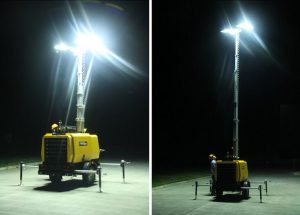Three Quality Inspection Indicators for Ceiling Lamps
For general users, quality is the most important guarantee. When buying a ceiling lamp, what we want to know most is its quality. Now, let’s take a look at the three major quality indicators related to ceiling lamps.
A ceiling lamp is usually composed of three parts: the lamp body, the light source and the electrical appliances. The most important one is the light source, because it is the part that really brings the lighting effect. The lamp body is generally used for decoration and auxiliary light source. Electrical appliances are for the stable light emission of the light source, or to give the light source an instantaneous start voltage, etc. Therefore, for lamps, the light source is the most important.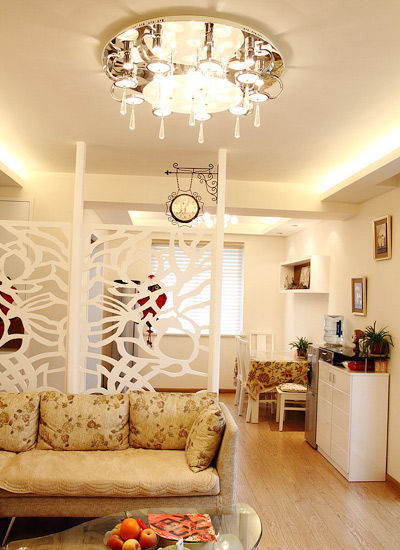
1. Detect the ceiling light source and its six major items
The light source is very important for ceiling lights, and it is not an exaggeration to say that it is the most important indicator for detecting ceiling lights. The light source covers a wide range. When purchasing, pay attention to checking the light source of the product. The following are six items for detecting light sources:
| Luminous flux | How much does the light source shine |
| CCT | The temperature of the light source color is usually expressed by a numerical value. Yellow light is “below 3300k”, white light is “above 5300k”, and there is a middle color “3300k-5300k” |
| CRI | The degree to which the light source reacts to the true color of the object. Generally, a color rendering index above 80 is a better light source, but general ceiling lamps are more difficult to achieve |
| Lifespan | That is, a batch of light sources are turned on at the same time, and when 50% of the light sources fail, it is the average life of this batch of light sources. Now the life of ceiling lamps is generally guaranteed for one year, but its lifespan should be far more than one year |
| Light Efficiency | Different light sources consume the same amount of electricity at the same time, and how much light is emitted. High-efficiency light sources are definitely more energy-efficient than low-efficiency light sources |
| Strobe | The number of times the light source flickers per second, the light source with large flicker is the most harmful to the eyes, and the flicker of the fluorescent lamp source is more serious |
The light source produced by some small manufacturers has low luminous efficiency, but by making the color temperature higher, the light can look brighter. Such lights are more harmful to the eyes, and long-term use will make the eyesight worse and worse.
To judge whether the color temperature of a light source is too high, you can stretch your palm to the side of the light source to see the color of the palm. If it is ruddy, it means that the color temperature is just right and the color rendering is good. If the palm of the hand is blue or purple, it means that the color temperature is too high.
2, test the electrical appliances of the ceiling lamp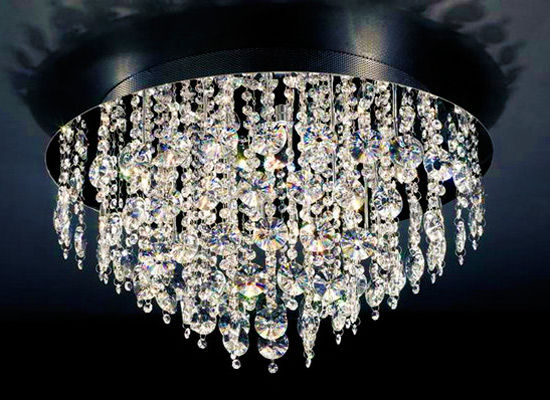
Most ceiling lights need a ballast to be lit. The ballast can bring the instant starting voltage and the stable voltage during operation to the ceiling lamp, and the ceiling lamp without ballast will not light up. The quality of the ballast directly determines the life and light efficiency of this ceiling lamp. Generally, the quality of the ballasts produced by more formal manufacturers is better.
3. Detect the mask of the ceiling lamp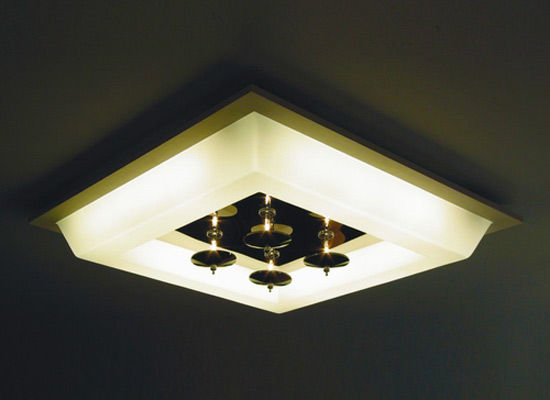
The mask of the ceiling lamp is something we can really feel. There are many manufacturers of ceiling lamps on the market now, and they use different mask materials. The most common ones are acrylic mask, plastic mask and glass mask. The best is the imported acrylic mask that has been stretched twice. To check the quality of the mask, you can first press the mask with your hands to see how soft it is. Then put your hands on it and look at the color. The color is rosy. Finally, open the cover to see if it is easy to disassemble.
Tips for Purchasing Ceiling Lights
For non-professionals, effective and professional indicators cannot be understood or read at all. In view of this, we give tips on the purchase of ceiling lamps to help you buy good ceiling lamps without knowing them well.
1. Buy regular goods in regular stores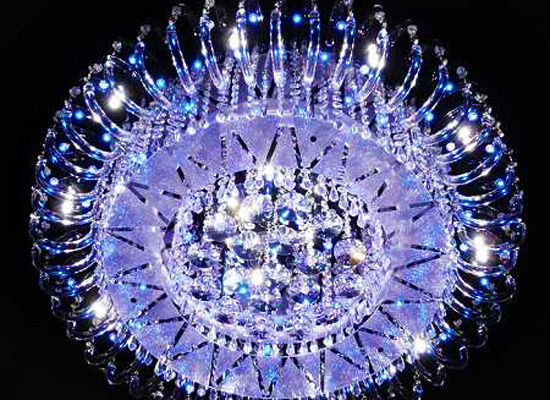
If you enter a regular store and buy regular goods, you need a regular invoice. It is a very basic requirement. After all, poor-quality ceiling lamps are a safety hazard. Don’t buy products that are too cheap, and buy products that have a warranty.
2. Quality inspection reports are more valuable than advertising
When purchasing a ceiling lamp, please note that the advertisement is for reference only, and it is very important to consult the quality inspection report. In particular, check whether the items of protection against electric shock, durability test, and combustion resistance in the inspection report are qualified.
3. Pay attention to four things when purchasing
- See if the product identification is complete. At least the following content should be marked: trademark or factory name, product model specification, rated voltage, rated frequency, and rated power. Check whether the product model is consistent with the model specifications in the inspection report and safety certification certificate, and whether the electrical parameters are correctly identified.
- Look at the power cord of the ceiling lamp. The cross-sectional area of the wire should be ≥0.75mm.
- Check whether the charged body of the lamp is exposed. After the light source is installed in the lamp holder, fingers should not touch the charged metal lamp cap.
- Check whether the ceiling lamp is well-made. If there are sharp corners at the corners of the thin plate of the lamp, it is easy to cause scratches to the installation and maintenance personnel. There are sharp corners or burrs in the internal wiring, which will easily cause the internal wire insulation layer to puncture during the installation process, and there will be safety hazards such as short circuit and electric shock.

Good Quality still Needs Maintenance. Cleaning and Maintenance of Ceiling Lamps
Many people think that the ceiling lamp is hung high on the ceiling and is sealed to prevent dust from entering, so there is no need for
cleaning and maintenance. But it is not. When the ceiling lamp is on, it will produce some electromagnetic reaction, which is easy to absorb dust in the air. The light will attract some bugs to get into the lampshade. The ceiling will also be deformed due to long-term pressure from the lamp, forming a gap, allowing dust, flying insects, etc. to enter. Therefore, always pay attention to the cleaning and maintenance of the ceiling lamp.
1. Precautions for maintenance of ceiling lamps
Install attention to the roof condition If it is a masonry roof, it should be fixed with embedded bolts, or expansion bolts, nylon plugs, plastic plugs, etc., instead of wooden wedges. Do not hang too many decorations on the lamps, otherwise it will fall and hurt people if the load capacity is exceeded Pay attention to maintaining a suitable indoor temperature Especially for crystal ceiling lamps, a specific ambient temperature is often specified, too high or too low temperature will affect its life, so keep the temperature appropriate Regular inspection of lamps If the lamp pin has poor contact or the starter is loose, etc., it should be reinstalled and adjusted in time Avoid hard objects hitting the lamps Otherwise, it is easy to scratch the surface of the lamp, and in serious cases, the lamp body will be broken. If you want to move the lamps, keep your balance 2. Daily cleaning method of ceiling lamp
Because the ceiling lamp is hung in a high place, the lampshade and bulb are easily broken. Therefore, when removing the lampshade, try to cooperate with two people. Before disassembling, turn off the power first, and do not wipe the lamp holder with a wet cloth to prevent leakage.
Cleaning the lampshade of the ceiling lamp. Depending on the material of the ceiling lamp shade, there are also different cleaning methods.
For the cloth lampshade, first use a small vacuum cleaner to absorb the surface dust, and then pour some detergent to scrub it.
If the inside of the lampshade is made of paper, you should avoid using detergent directly to prevent damage, just wipe it with a dry cloth.
The frosted glass lampshade is cleaned with a soft cloth dipped in toothpaste, and the dirt on the bumps can be treated with a soft cloth wrapped toothpick.
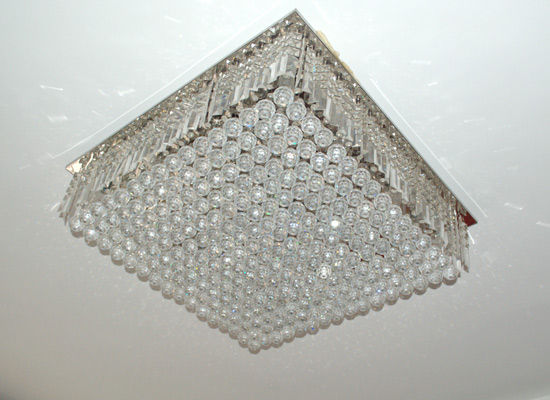
To clean the dirt on the lamp holder, you can first remove the dust on the surface, and then wipe it with a cotton cloth moistened with toothpaste. Do not allow moisture to remain on the lamp holder.
When scrubbing the ceiling lamp, you should put light-colored cotton socks or cotton gloves on your hand, and gently wipe the lamp. Do not move the parts inside the lamp at will. After cleaning, the lamp should be installed as it is, and no missing or wrong parts are installed.



